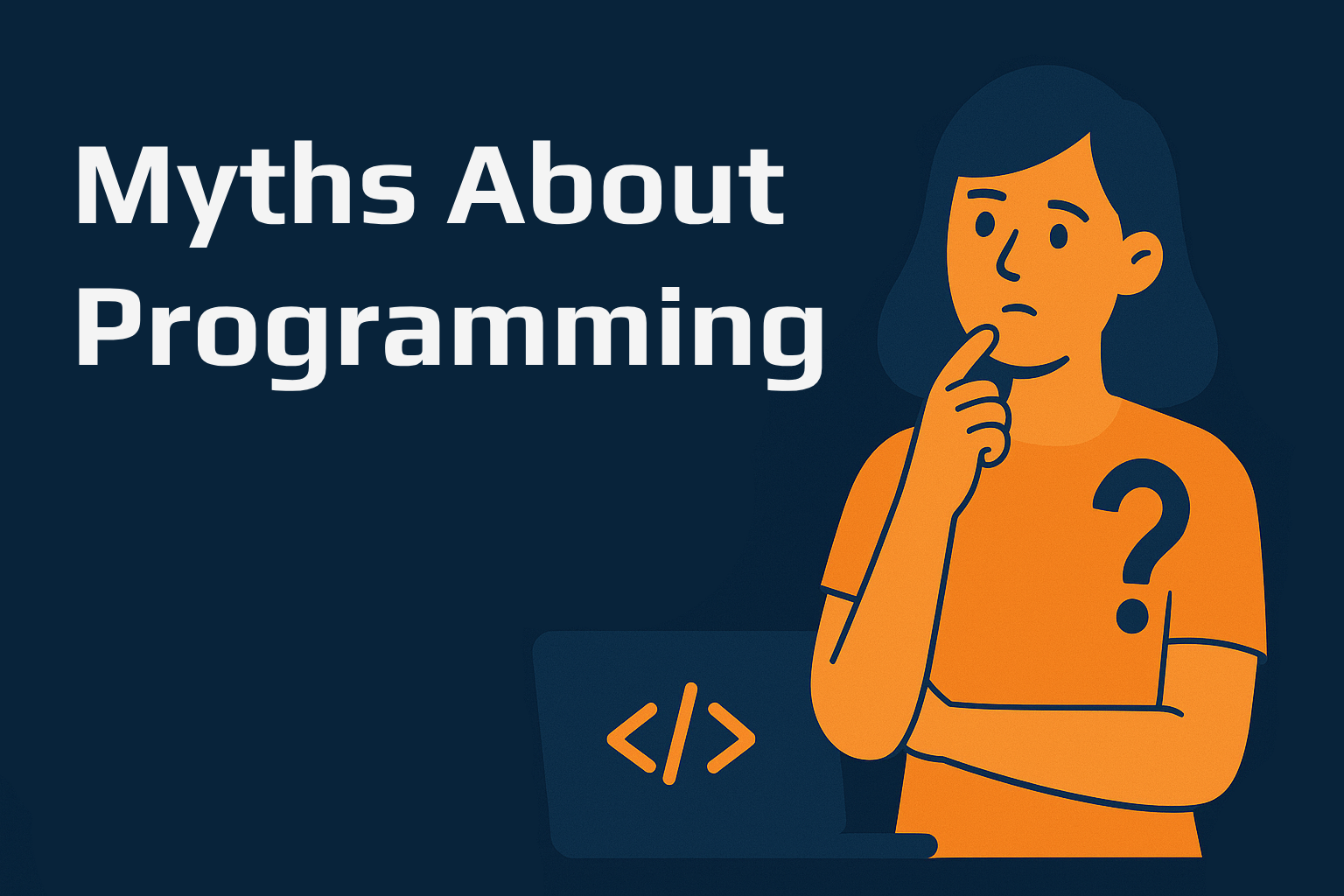Cursos relacionados
Ver Todos os CursosIniciante
Python Data Structures
Explore the fundamental data structures of the Python programming language, including lists, dictionaries, tuples, and sets, and learn how to apply them effectively to solve real-world programming challenges.
Iniciante
Introduction to Python
Python is a high-level, interpreted, general-purpose programming language. Distinguished from languages such as HTML, CSS, and JavaScript, which are mainly utilized in web development, Python boasts versatility across multiple domains, including software development, data science, and back-end development. This course will guide you through Python's fundamental concepts, equipping you with the skills to create your own functions by the conclusion of the program.
The Factory Pattern Explained
Creating Objects without Exposing the Creation Logic

The Factory Pattern is a creational design pattern that provides a way to create objects without exposing the creation logic to the client. Instead of calling a constructor directly, we use a factory method that returns the desired object.
How to Implement Factory Pattern
The Factory Pattern is useful for creating scalable, maintainable, and extendable systems that send notifications (e.g., Email, SMS, Push). It allows object creation without specifying the exact class, delegating instantiation to a factory class. Begin by defining an abstract class that outlines the structure for all notification senders.
This class enforces that any subclass must implement the send method, ensuring a consistent interface across all notification types.
Each notification channel (Email, SMS, Push) should have its own class that extends the abstract base class.
Each class provides its own implementation of the send method. This allows for different behavior depending on the channel.
A factory class handles the logic of selecting and returning the correct notification sender based on input.
This method accepts a string indicating the channel and returns an instance of the corresponding sender class. If the channel is not recognized, it raises a ValueError. Here’s an example of how the factory can be used in practice:
Each user preference is passed to the factory to get the correct sender. If the channel type is unsupported, an error message is displayed.
Start Learning Coding today and boost your Career Potential

Factory Pattern vs Abstract Factory
The Factory Pattern and Abstract Factory Pattern are both creational design patterns, but they differ in scope and use:
In short, the Factory Pattern is simpler, dealing with a single object type, while the Abstract Factory Pattern is more complex and handles the creation of multiple related objects.
| Factory Pattern | Abstract Factory | |
|---|---|---|
| Purpose | Creates one type of object | Creates related families of objects |
| Complexity | Simpler | More complex |
| Use case | One-off object creation | UI toolkit, cross-platform components |
FAQs
Q: What is the Factory Pattern?
A: The Factory Pattern is a creational design pattern that provides an interface for creating objects, allowing subclasses to specify the type of object to create.
Q: Why should I use the Factory Pattern?
A: It promotes loose coupling and flexibility by decoupling object creation from the client code, making the system easier to scale and maintain.
Q: How is the Factory Pattern different from the Singleton Pattern?
A: The Factory Pattern deals with object creation, while the Singleton Pattern ensures only one instance of a class is created.
Q: Can I create multiple object types with the Factory Pattern?
A: Yes, the Factory Pattern allows for the creation of various object types without specifying the exact class.
Q: When should I avoid using the Factory Pattern?
A: It may add unnecessary complexity for simple applications that don’t require dynamic object creation.
Q: Can I combine the Factory Pattern with other patterns?
A: Yes, it can be combined with patterns like Abstract Factory, Singleton, or Strategy for more flexibility.
Q: What are the main benefits of the Factory Pattern?
A: It offers separation of concerns, flexibility in object creation, and encapsulation of object instantiation logic.
Cursos relacionados
Ver Todos os CursosIniciante
Python Data Structures
Explore the fundamental data structures of the Python programming language, including lists, dictionaries, tuples, and sets, and learn how to apply them effectively to solve real-world programming challenges.
Iniciante
Introduction to Python
Python is a high-level, interpreted, general-purpose programming language. Distinguished from languages such as HTML, CSS, and JavaScript, which are mainly utilized in web development, Python boasts versatility across multiple domains, including software development, data science, and back-end development. This course will guide you through Python's fundamental concepts, equipping you with the skills to create your own functions by the conclusion of the program.
Top 25 C# Interview Questions and Answers
Master the Essentials and Ace Your C# Interview
by Ihor Gudzyk
C++ Developer
Nov, 2024・17 min read

Best Laptops for Coding in 2024
Top Picks and Key Features for the Best Coding Laptops
by Anastasiia Tsurkan
Backend Developer
Aug, 2024・12 min read

Popular Myths About Programming
Facts in the World of Code
by Ihor Gudzyk
C++ Developer
May, 2025・10 min read

Conteúdo deste artigo